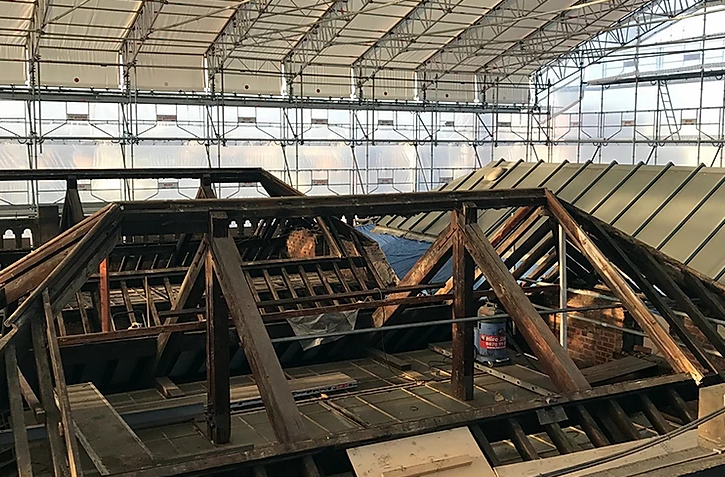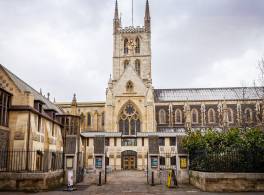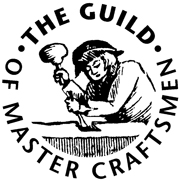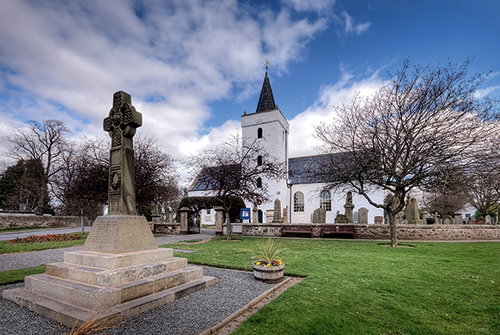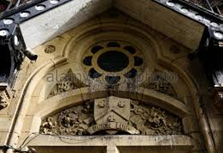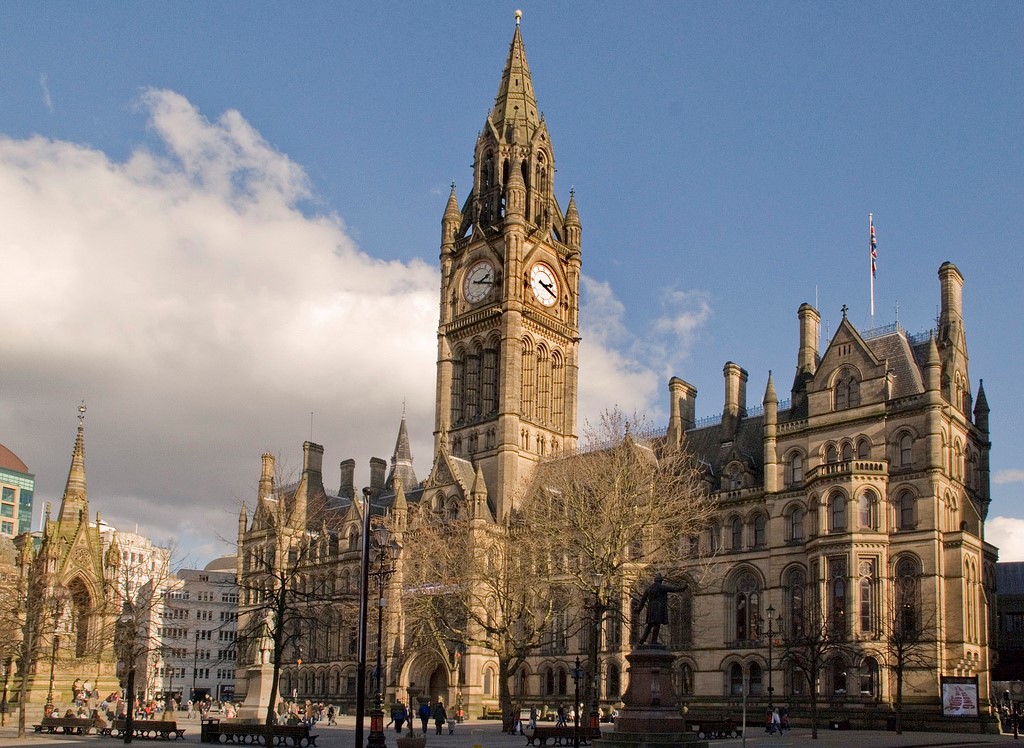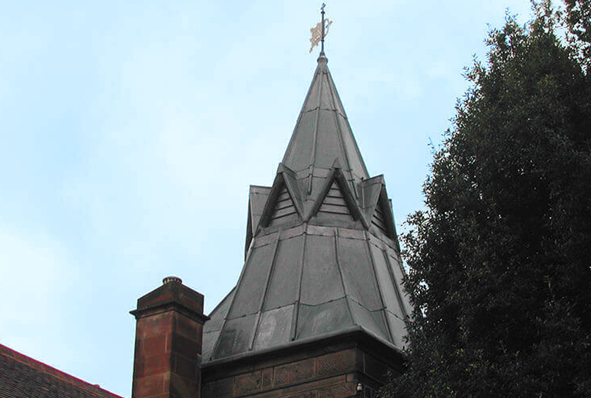Heritage Roofing
Heritage roofing - maintaining our iconic buildings
The UK is home to some of the most iconic buildings in the world, from stunning churches and cathedrals to historic stately homes. Each and every one of these remarkable feats of architecture requires regular maintenance to ensure they remain in the very best condition, allowing them to be enjoyed for generations.
Cathedral Care
Restoration and upkeep of cathedrals
There are some 42 Anglican cathedrals in the UK, not to mention 20 or so Catholic cathedrals. Cathedrals form the most important collection of historic buildings in England. The largest and most ancient are internationally famous, the smallest are usually among the most significant buildings in their region and even the most recent are architectural masterpieces.
Master Craftsmen
Championing our heritage with modern craftsmanship
Twenty years ago, English Heritage (now Historic England) published its first-ever Register of Buildings at Risk across England, which featured nearly 2,000 buildings and monuments that were ‘neglected, broken and unloved’. Recently Historic England was delighted to announce that over two-thirds of those buildings were now safe, in both urban and rural areas right across the country.
Traditional Lime
Lime: it’s better for buildings – and for the environment
It is now fairly well known that cement is not good for old buildings and that lime mortar should be used. But why? What are the advantages and what are the disadvantages? In order to begin to answer those questions it is necessary to understand the nature of traditional building, the process by which buildings used to be built, and how it differs from modern construction, the process by which we build today.
Audio Visual
Audio visual equipment in church buildings
This guidance is issued by the Church Buildings Council under section 55(1)(d) of the Dioceses, Mission and Pastoral Measure 2007. As it is statutory guidance, it must be considered with great care. The standards of good practice set out in the guidance should not be departed from unless the departure is justified by reasons that are spelled out clearly, logically and convincingly.
Read More...
CRE Events
After the Midlands, onward to Milton Keynes
"CRE Midlands reminded me of the giddy days when it first began – the venue was packed with exhibitors and visitors and there was a busy atmosphere. The whole thing looked great."
Insurance
You need to ensure that reasonable precautions are in place at your church to keep it safe for those who use it. To do this, you need to think about what might cause harm to people.
You will then need to decide if the precautions already in place are adequate. If they are not, you may need to identify further action to prevent any danger. When done formally, this is known as a risk assessment.
Church Maintenance
Church maintenance and repair: Calendar of Care
Just as prevention is always better than cure, maintenance is preferable to major repairs. But, such repairs may not always be avoidable. Church Care offers a monthly guide in our coming issues Starting in Spring
We can help you understand the common problems and areas that need your special attention, and give you tips for regular maintenance schemes.
Pest Control
Michael Palin warns of pest threat to churches
Michael Palin is supporting the future of the UK’s historic churches and chapels with a voiceover for a new animated film. The 80 second animation, produced for the National Churches Trust, highlights why churches are some of the nation’s best loved buildings.
Town Halls
The history of the great Victorian Town Halls of Northern England
From industrial squalor to civic pride, the story behind some of the most impressive buildings of the North involve a unique mix of economics, grand designs and noble sentiments within communities.
Lead Roofing
Lead is one of the oldest materials in the roofing industry and is still commonly used throughout the world today.
Lead roofing is a traditional roofing method which has been used in the industry for hundreds of years, and is therefore proven to be extremely reliable. Lead roofing, and sand-cast lead, in particular is ideal for old buildings such as churches or historical renovations, whereas milled lead roofing is a mass-produced alternative, used for precision and accuracy in homes and commercial buildings alike.
Lightning Protection
When lightning strikes are you protected against this act of God?
The issue of lightning protection in churches is one that has exercised this publication for many years. In this four-part series of spotlights on the issue we will be revisiting various aspects of the subject, beginning with an overview of current thinking.
SEARCH OUR DIRECTORY
£4.4million Spring lottery bonanza for London's heritage
The Heritage Lottery Fund (HLF) has today announced confirmed grants worth £4.4million for seven key heritage projects in seven boroughs across the capital.
From the Sir John Soane Museum’s treasure trove of art and artefacts and one of the city’s last remaining windmills; to a unique archive of black British and Caribbean history and a wealth of heritage gems - including two 17th century mansions, a hidden castle and an historic church organ - London’s heritage has been given a vital boost with HLF funding this Spring.
Through these grants Londoners and visitors will have a greater opportunity to experience the rich diversity of heritage within the capital. The economic and wider community impact of the awards also means that an additional £11million will be injected into London’s economy as a result of partnership funding for these projects. 17 full time jobs, 2 part time jobs, and 2 apprenticeships will be funded as part of the schemes. 250 volunteer posts will also be created - enabling people to take an active role in conserving and enthusing others about the history in their midst.
Wesley Kerr, Chairman of the Heritage Lottery Fund Committee for London said:
"This astonishing array of places and projects reminds us that every London borough is steeped in history. These awards will make that history more accessible to millions of people by broadening horizons and opening opportunities. We are thrilled to support these projects which demonstrate how central heritage is to London’s economy and spirit in all its wonderful immensity."
Opening up the Soane: £813,000 grant, LB Camden
The HLF grant will contribute towards the Sir John Soane’s Museum project to restore and open Soane’s private apartments to the public for the first time since 1837. The work will also improve circulation within the building and provide much better access for disabled visitors. All this will be achieved without disturbing the Museum’s unique atmosphere, created by the vast number of artefacts which Sir John amassed – such as a royal sarcophagus from ancient Egypt, paintings by Hogarth, and over a hundred architectural models. Volunteers will make a major contribution, assisting in welcoming and interpreting the house for visitors.
Tim Knox, Director of Sir John Soane’s Museum said:
“The HLF grant recognises the importance of ‘Opening up the Soane’ and, by validating the project, helps us to secure other funds to complete our fundraising. The project enables us to deliver far more to the public – Soane’s Private Apartment and his Model Room, and a new, larger exhibition Gallery. Visitor capacity will be increased by 33% so we can do more to attract a wider audience, work with harder-to-reach groups in the community and greatly increase volunteer involvement while reducing the adverse impact of large visitor numbers on this fragile building. The Museum is surging ahead in so many ways and we are all delighted with the HLF award.”
Brixton Windmill Restoration Project: just under £400,000 grant, LB Lambeth
The windmill is an unusual Grade II* listed building and one of only two such structures surviving in the old County of London. Built in 1816, it was owned by successive generations of one family, Ashby & Sons, Millers of Brixton Hill, until it ceased production in 1934. Currently, the interior is not accessible to the public but this will be put right by the restoration. A programme of educational activities will be organised and an audio-visual presentation on the ground floor will show the mechanical parts of the mill in operation. There will be a substantial increase in community activities and public access with 50 new volunteers recruited from the surrounding area.
A council spokesperson said:
"We are very pleased that this long-awaited project is finally going to become a reality. The Brixton Windmill, constructed in 1816, is the sole surviving windmill in inner London and it has a unique social, environmental and economic history and was an integral part of 19th century technology, therefore it is important that its story is told and shared. The restored Windmill will become a central attraction for culture and heritage education in Brixton, Lambeth and London overall."
Dream to Change the World: £206,000 grant, LB Haringey
The George Padmore Institute holds the archives of its founding chairman, John La Rose (1927-2006). An inspirational presence in black British and Caribbean political and cultural activism, who touched lives across all five continents, La Rose was for more than 40 years at the forefront of some of the most important political and cultural organisations within the Black British community including New Beacon Books. His archive, of more than 1300 files and 460 books, can now be sorted, catalogued and made available online for research.
More than two dozen volunteers will assist the project archivists in this task in an ambitious five year project. A series of extensive educational and outreach activities, including working with local primary schools, will also be organised.
Margaret Busby, writer and cultural activist, said:
“I don’t need to tell you how important John was and is in the collective history of black Britain, and every day I am reminded of how urgent it is to be able to share his experiences and all the material around his life and work particularly with a younger generation and those who did not have the privilege to know him.”
Forty Hall: just over £1.8million grant, LB Enfield
The HLF has now confirmed the go-ahead for the project to restore the Grade I listed Forty Hall, a 17th century mansion built for Sir Nicholas Rainton, a Lord Mayor of London and successful merchant. The project will not only preserve the property but create a visitor development programme and education opportunities in what is the borough of Enfield’s landmark heritage building. Another focus will be interpreting the remains of Elsyng Palace – a ‘lost’ Tudor palace, the archaeological traces of which – are found in the estate. Exhibitions, performances, walks, talks and festivals are all planned with an active role in all these activities for our volunteers.
Cllr Michael Lavender, Cabinet Member for Place Shaping said:
"We are absolutely delighted to learn that we have been successful in this bid. This money will allow us to improve and preserve Forty Hall for the future, and to help renovate the building so that it is more accessible to the public. We will also undertake works within the Hall so that the layout is returned more to the original design.”
"It is also exciting news that we can do further excavation work at the site of Elsyng Palace, which is yet to give up its secrets. Now the hard work begins!"
Habitat Honeywood: just under £335,000 grant, LB Sutton
Honeywood House was built in the 17th century and added to during the Edwardian era. The Grade II listed building is the borough of Sutton’s principal museum housing a collection of some 6,000 items – mainly from the 19th and 20th centuries - representing a history of local communities. The grant will permit minor restoration and repair to the property, a complete overhaul of the way in which artefacts are displayed and interpreted, and a varied education programme. Up to three dozen volunteers will be recruited from the local community to act in a number of roles, including tour guides and interviewers recording oral histories.
Councillor Graham Tope, Executive Member for Leisure and Libraries on Sutton Council said:
“We are delighted that Honeywood has received this grant. It will allow the museum to undergo an extensive refurbishment, protect the borough’s great heritage, and at the same time create a visitor attraction and educational facility which is an asset to the whole community.”
Severndroog Castle Restoration and Development: £595,500 grant, LB Greenwich
The triangular, three-storey Grade II* listed castle stands on the top of Shooters Hill where it is a local landmark. Built in 1784, it commemorates a long-forgotten British naval victory against pirates marauding in the Indian Ocean. Closed to the public for 20 years, it was identified as a key project for repair in the BBC TV series Restoration in 2004 but failed to reach the finals. Thanks to the HLF grant it will be restored as a visitor attraction, educational centre and tea room. It will be run by a local trust and volunteers will be trained to act as guides, to staff the café and to assume the day-to-day management of the castle as well helping at future heritage events.
David Goodfellow of the Severndroog Castle Building Preservation Trust said:
“We are delighted with the confirmed award from HLF, which is a major step forward in achieving our objective of restoring this unique building. There is still plenty of hard work to be done but this decision, together with grant funding support from a number of other organisations as well as significant support from Greenwich Council and the local community, has greatly increased our sense of optimism about reopening a fully-restored Severndroog Castle to the public.”
Restoration of Historic Walker Organ: £237,000 grant, LB Merton
The Roman Catholic church of the Sacred Heart on Wimbledon Hill contains an historic organ built in 1912 by JW Walker & Sons. It is unique as being the only notable survivor among the larger Walker-built organs of this period. The organ is used weekly for services and for giving music classes to local schools and London music college students, although its condition has led to curtailment of concert performances. It will now be fully restored and two organ restoration apprenticeships will be created. There will also be an exhibition, website and film detailing its history and repair process, and a programme of school activities, concerts and recitals will be drawn up.
The Parish Priest of the Sacred Heart, Fr. Keith McMillan, of the Society of Jesus, said:
"Thanks to this generous grant from the HLF we are now able to press ahead with the restoration of our historic and rare Edwardian organ. The Parish itself has already raised over £70,000 through its concerts, organ recitals, and generous donations – with this grant we are now in sight of reaching the total amount needed to complete the project. Over the next year we will be running an education programme for students of media and music technology. The organ's centenary will coincide with the London Olympics in 2012, and will be marked with a special series of concerts and other musical events.”















